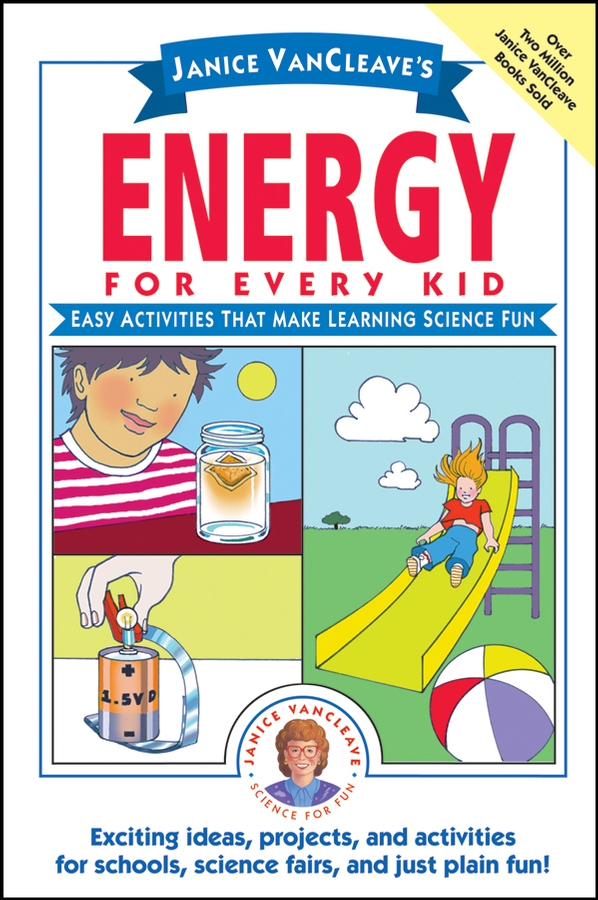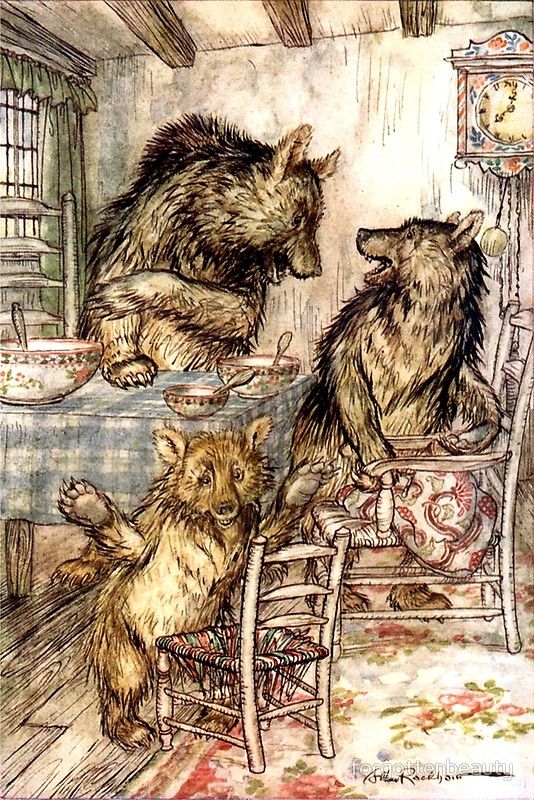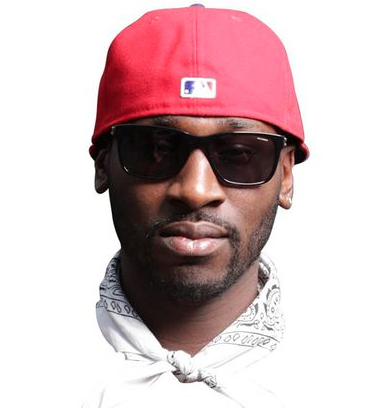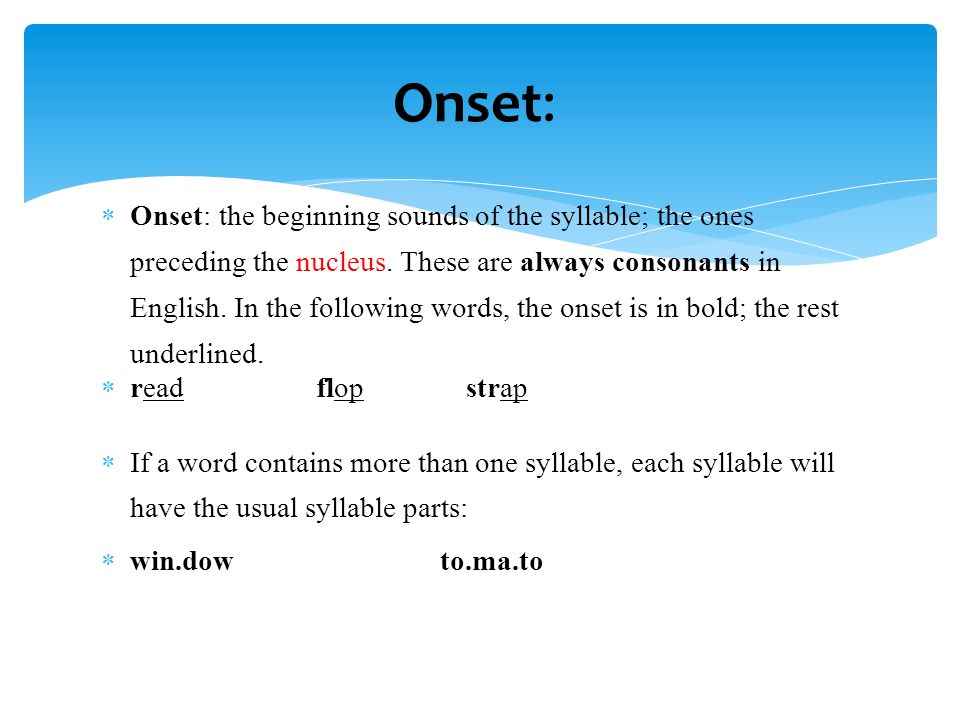Fun science stories
Here are our favorite cool, funny and bizarre science stories of 2021
A range of cool discoveries, technological milestones and downright bizarre scientific feats — cows can be potty trained? — gave us a chance to gab about something other than the pandemic.
Fusion of the future
Hopes for making nuclear fusion the clean energy source of the future got a boost in August when a fusion experiment released 1.3 million joules of energy (SN: 9/11/21, p. 11). A big hurdle for fusion energy has been achieving ignition — the point when a fusion reaction produces more energy than required to trigger it. The test released about 70 percent of the energy used to set off the reaction, the closest yet to the break-even milestone.
In fusion experiments at the National Ignition Facility, lasers (blue in this artist’s rendering) blast a tiny cylinder containing a fuel capsule (white sphere). That process produces X-rays that vaporize the capsule’s exterior and compresses the fuel to the extreme pressures and temperatures needed to drive fusion.Pig-to-human kidney transplant
In a first, a pig kidney was attached to a human, and the organ functioned normally during 54 hours of monitoring (SN: 11/20/21, p. 6). This successful surgical experiment marks a milestone toward true animal-to-human transplants, which would broaden the supply of lifesaving organs for people in need.
A surgical team at NYU Langone Health in New York City attached a pig kidney to a human patient in a first-of-its-kind procedure. Here, the team examines the kidney for signs of rejection. The kidney functioned normally for 54 hours.Joe Carrotta for NYU Langone HealthDeath stars
In a bone-chilling event, astronomers caught a star swallowing a nearby black hole, or perhaps a neutron star, and then getting eaten by its own meal. The resulting spectacular explosion left behind a black hole (SN: 10/9/21 & 10/23/21, p. 6). Astronomers had theorized that such a star-eat-star supernova was possible, but had never observed one.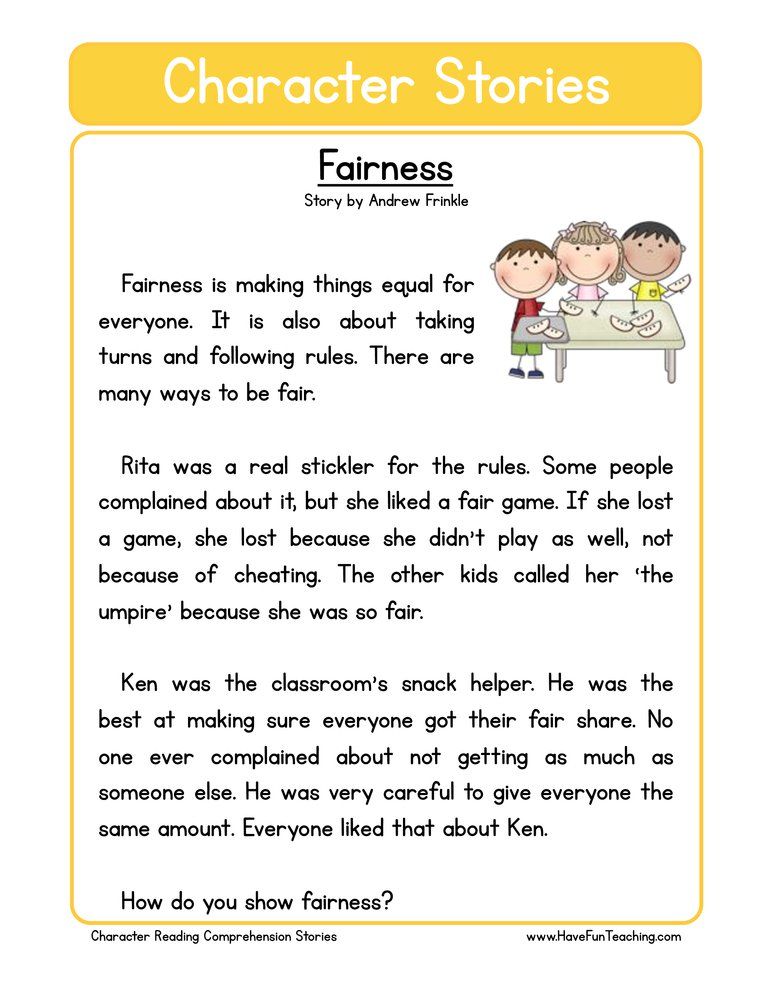
Living machines
Frog cells transformed themselves into tiny living robots (SN: 4/24/21, p. 8). Scientists removed skin stem cells from frog embryos and watched the cells organize into little blobs dubbed “xenobots” that could swim around and even repair themselves, plus move particles in the environment. Xenobots might someday serve a useful purpose, such as cleaning up waterways, the scientists say.
Watch “xenobots” in action.Brain teaser
Scientists got an entirely new view of the brain when they took a tiny piece of a woman’s brain and mapped the varied shapes of 50,000 cells and their 100 million or so connections (SN: 7/3/21 & 7/17/21, p.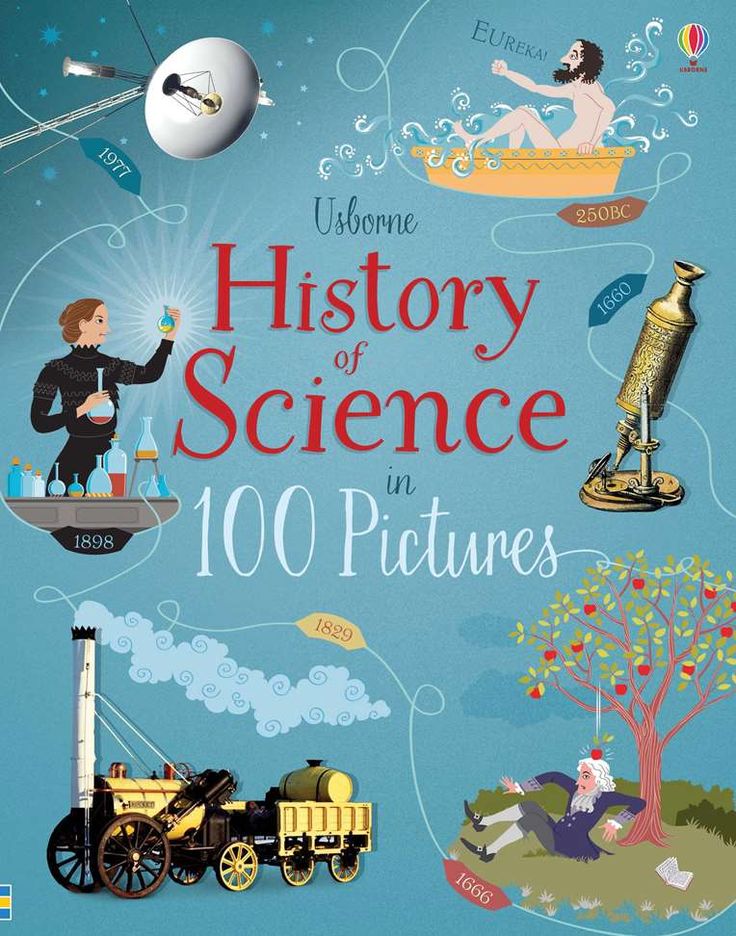 6). The vast dataset may help unravel the complexities of the brain.
6). The vast dataset may help unravel the complexities of the brain.
Pluses are minuses
People often add even when subtracting is the way to go, scientists found after asking volunteers to tackle a variety of puzzles and problems, including stabilizing a Lego structure and optimizing a travel itinerary (SN: 5/8/21 & 5/22/21, p. 8). The tendency to think in pluses instead of minuses could be at the root of modern-day excesses like cluttered homes, the researchers speculate.
In an experiment, participants had to stabilize a Lego roof over a figurine, represented by the piece of paper. Most people added pieces even though each piece cost 10 cents. Only when researchers specified that subtracting pieces was free did more people remove the destabilizing block and rest the roof on top of the wide pillar.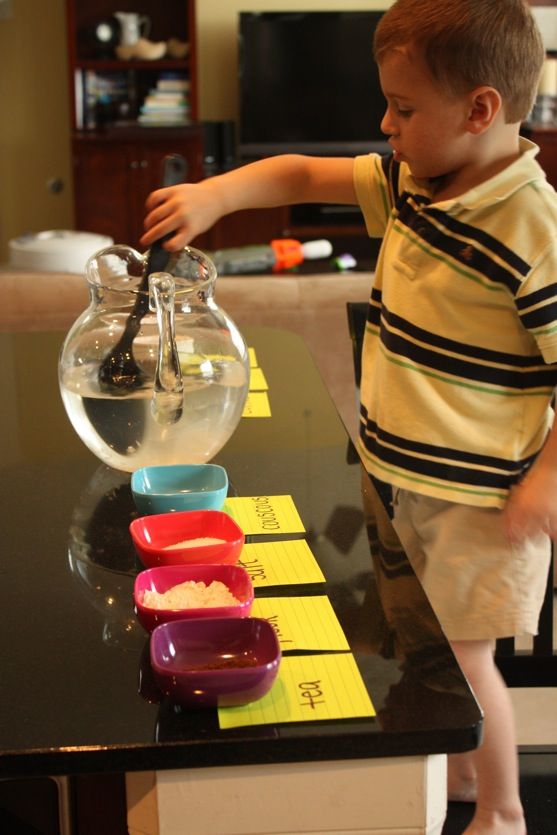 Adams et al/Nature 2021
Adams et al/Nature 2021Potty training cows
Can farmers reduce pollution by sending cows to the loo? The answer might very well be yes. In a unique experiment, scientists trained cows to answer nature’s call by using a bathroom stall that gathers urine (SN: 10/9/21 & 10/23/21, p. 24). In the future, collected cow urine, which could otherwise pollute the environment, might be used to make fertilizer.
Researchers successfully trained 11 calves, such as this one, to urinate in a bathroom stall. Once the cow relieved itself, a window in the stall opened, dispensing a molasses mixture as a treat. Toilet training cows on a large scale and collecting their urine to make fertilizer could cut down on agricultural pollution, the team says.
Crystal clear
The intense heat and pressure of the first atomic bomb test, in 1945, left behind a glassy substance known as trinitite — and something even stranger. Within the trinitite, scientists discovered, is a rare form of matter called a quasicrystal ( SN: 6/19/21, p. 12). Quasicrystals have an orderly structure like a normal crystal, but that structure doesn’t repeat. Previously, these crystals had been found only in meteorites or made in the lab.
Red trinitite (shown) was formed from melted sand, copper wires and other debris in the aftermath of the Trinity nuclear test.Luca Bindi and Paul J. SteinhardtCase of the missing genes
A foul-smelling Southeast Asian plant named Sapria himalayana has lost about 44 percent of the genes found in most other flowering plants (SN: 3/13/21, p. 13). S. himalayana parasitizes other plants to get nutrients, so it’s not so surprising that it has entirely purged its chloroplast DNA. Chloroplasts are the structures where photosynthesis, or food making, typically occurs.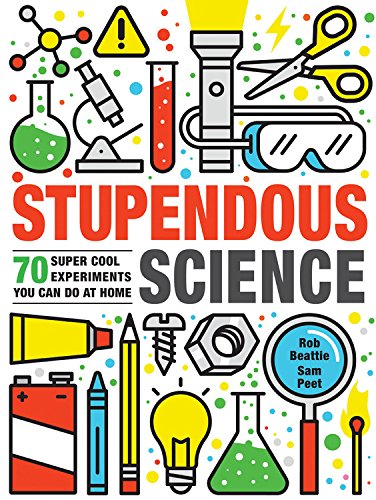 S. himalayana appears to steal more than nutrients — more than 1 percent of its genes come from other plants, perhaps current or past hosts.
S. himalayana appears to steal more than nutrients — more than 1 percent of its genes come from other plants, perhaps current or past hosts.
DNA accounting
Identical twins may not be genetically identical, after all. They differ by 5.2 genetic changes on average, researchers reported (SN: 1/30/21, p. 15). That means differences between such twins may not be solely due to environmental influences. In other DNA accounting, scientists estimated that 1.5 percent to 7 percent of modern human DNA is uniquely human, distinct from the DNA of Neandertals, Denisovans and other ancient relatives (SN: 8/14/21, p. 7).
Whoops! 12 Tales Of Accidental Brilliance In Science : NPR
Courtesy of Texas A&M University; Johanna Varner; Oregon State University; Stanford News Service; Carlos Jared
Courtesy of Texas A&M University; Johanna Varner; Oregon State University; Stanford News Service; Carlos Jared
Author Isaac Asimov once wrote, "The most exciting phrase to hear in science, the one that heralds new discoveries, is not 'Eureka!' but, 'That's funny .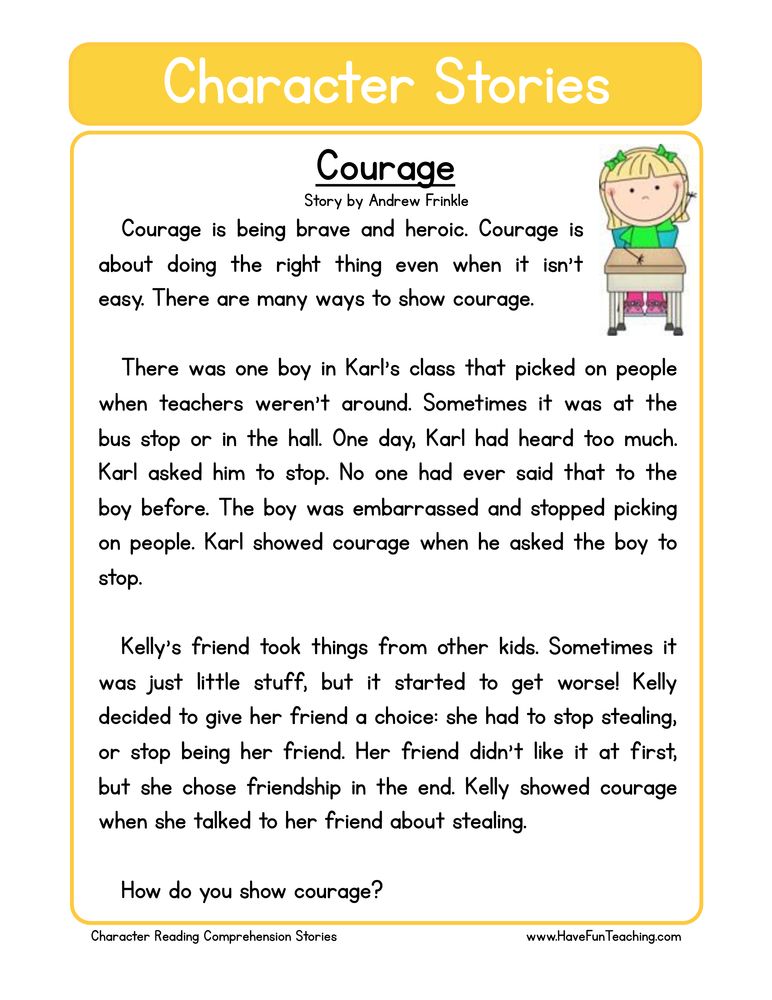 .. ' "
.. ' "
Good scientists search for the significance of surprises, coincidences and mistakes. With a little curiosity and perseverance, they can turn unexpected incidents into new insights.
The Golden Mole Award, from NPR's Skunk Bear, celebrates these moments of serendipity in science. We asked for examples of happy accidents in the lab and in the field from the past few years ... and 300 submissions came pouring in.
Here are a few of our favorite stories — a shortlist of Golden Mole Award nominees.
Carlos Jared/Butantan Institute
Carlos Jared/Butantan Institute
Courtesy of Carlos Jared/Butantan Institute
Courtesy of Carlos Jared/Butantan Institute
1. WHEN FROGS ATTACK
Carlos Jared was doing fieldwork in the jungles of southwest Brazil when he picked up a harmless-looking frog. The frog twisted and thrashed, butting Jared's hand with his head.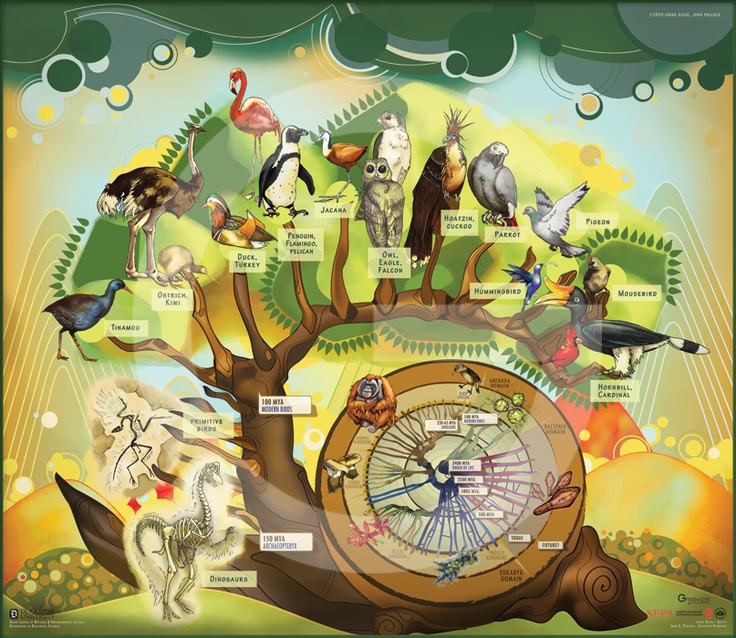 Excruciating pain spread up Jared's arm, and for the next five hours he was in agony.
Excruciating pain spread up Jared's arm, and for the next five hours he was in agony.
He had inadvertently discovered that frogs can be venomous.
Many amphibians secrete toxins through their skin, but the frog Jared picked up — Greening's frog — was the first discovered to actually force those toxins into a predator's bloodstream. When attacked, it retracts the skin around its upper lip, revealing bony spines. Jared and collaborator Edmund Brodie discovered that a gland at the base of each spine produces a toxic mucus that is twice as potent as the venom of a Brazilian pit viper.
Courtesy of David Awschalom
Courtesy of David Awschalom
Courtesy of David Awschalom
Courtesy of David Awschalom
2. A LIGHT BULB MOMENT
Engineer David Awschalom had just moved from the University of California, Santa Barbara to the University of Chicago when his research hit a snag.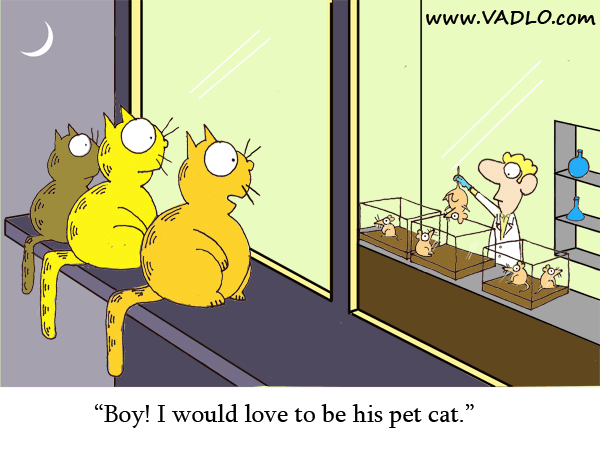 His team was investigating a strange material that they hoped could someday be used in quantum computing — a thin sheet of atoms on a bed of strontium titanate.
His team was investigating a strange material that they hoped could someday be used in quantum computing — a thin sheet of atoms on a bed of strontium titanate.
But their experimental results were full of incomprehensible noise. It took months for graduate students Andrew Yeats and Peter Mintun to isolate the problem: the lab's new energy-efficient light bulbs, installed per university policy.
The bulbs happened to emit the exact wavelength of light that could polarize the strontium titanate and influence their new material's electrical properties. With a little tweaking, they were able to use this wavelength to gently and rapidly "paint" electrical junctions on the fragile material. Shine light of a second specific wavelength, and the circuits were erased. What amounts to an optical Etch A Sketch could someday help scientists build quantum computers.
Courtesy of Mas Subramanian
Courtesy of Mas Subramanian
Courtesy of Oregon State University
Courtesy of Oregon State University
3. OUT OF THE BLUE
OUT OF THE BLUE
Blue is a notoriously tricky pigment. It's rare in nature — the stone originally used to produce blue paint was once worth more than gold. So humans tried to manufacture the blues they needed ... with mixed results. The dyes and paints they came up with often turned out to be poisonous, expensive, impermanent — or all three.
Mas Subramanian wasn't at all interested in this problem. In the department of chemistry at Oregon State University, he was looking for materials with novel magnetic properties to use in advanced computer hard drives. He would mix up likely chemicals and bake them in a furnace at 2,000 degrees Farenheit. But when he added manganese oxide to the recipe, he got a colorful surprise — a pile of bright blue powder.
The new pigment is stable and nontoxic. It reflects infrared radiation, so it might help keep buildings and vehicles cool. Subramanian is working with paint manufacturers and energy conservation companies to develop the product.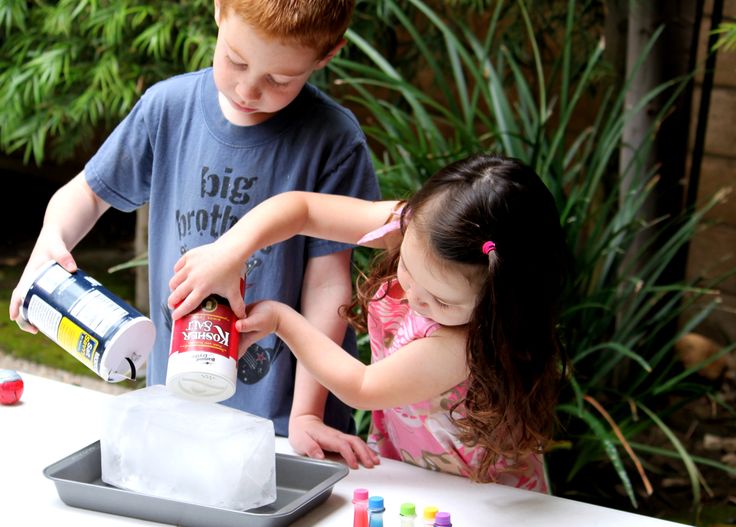
Courtesy of Johanna Varner
Courtesy of Johanna Varner
Courtesy of Johanna Varner
Courtesy of Johanna Varner
4. BEATING THE HEAT
Climate change poses a major threat to pikas, adorable little mammals that live mostly in the mountains of the American West. They can overheat in temperatures as low as 75 degrees Fahrenheit. Most make their dens at higher elevations, in rock slides where they can stay cool.
But one population in Oregon's Columbia Gorge thrives near sea level. Ecologist Johanna Varner wanted to find out why. She spent months watching pikas and deploying heat sensors at this low-elevation site. For reference, she did the same at a more typical site, along the slopes of nearby Mount Hood.
Days after her first summer in the field ended, a fire consumed the Mount Hood site, burning trees to the ground and destroying all the food stores of the pikas.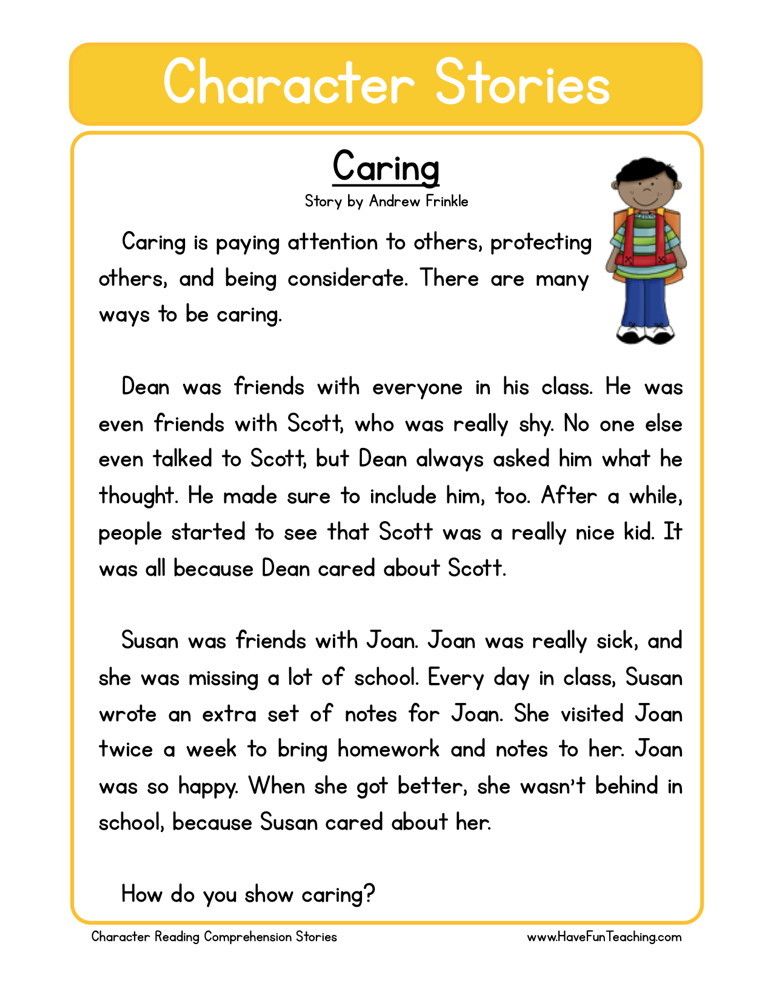 The experiment she had planned was ruined — her mountainside "control" site was clearly no longer controlled.
The experiment she had planned was ruined — her mountainside "control" site was clearly no longer controlled.
But after some tears and a couple of cold beers, Varner realized the disaster was an opportunity. First, there were the data collected by her heat sensors during the fire. The temperature in the pika dens, she discovered, never rose above 75 degrees F, even when 900-degree fires were raging just feet away. Secondly, her summer spent surveying the pika population formed a rare reference point for the study of a species' recovery after the fire.
Kurt Hickman/Courtesy of Stanford News Service
Kurt Hickman/Courtesy of Stanford News Service
Kurt Hickman/Courtesy of Stanford News Service
Kurt Hickman/Courtesy of Stanford News Service
5. THE DANCE OF THE DROPLETS
As an undergrad, Nate Cira was looking at food coloring under a microscope when he noticed something odd.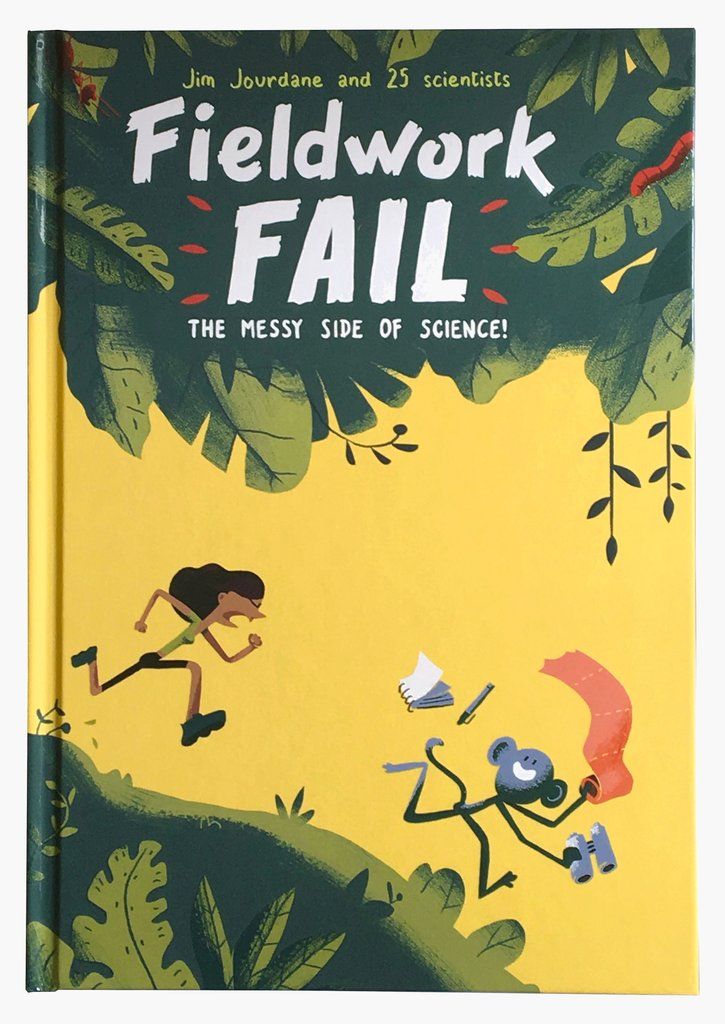 Two drops of different colors seemed to dance around each other, almost as if they were alive.
Two drops of different colors seemed to dance around each other, almost as if they were alive.
When Cira started graduate school at Stanford University, he showed the oddity to his adviser, Manu Prakash. Both men became obsessed with the phenomenon. They spent three years trying to figure out what was causing the strange motion.
It turns out the dynamic dance was the result of two simple physical phenomena: surface tension and evaporation. The vapor given off by one droplet acted like a signal to the other — they were, in a sense, communicating. The principles Prakash, Cira and their collaborator Adrien Benusiglio uncovered could be used to create autonomic liquid machines, such as self-cleaning solar panels.
Science Magazine YouTube
iStockphoto
iStockphoto
6.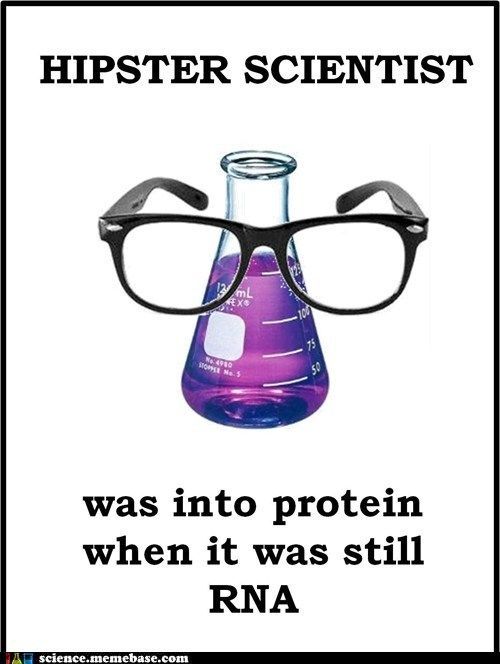 A CASE OF MISTAKEN GENITALIA
A CASE OF MISTAKEN GENITALIA
Melissa Brown was at Northwestern University studying mice with multiple sclerosis. Like most MS researchers, Brown exclusively used female mice — the males just don't get sick.
She was embarking on a set of experiments using mice with a genetic mutation that hobbles their immune system. Normal female mice get very sick. Female mice with the mutation seem to do better. Brown wanted to find out why.
But when the results came in, some of them were the opposite of what was expected. Some of the normal mice were healthy. Some of the mice with the mutation were getting sick. A closer inspection of the test subjects revealed why. The mice with the surprising results were male! A graduate student on the project, Margaret Caulfield, was new to the lab and hadn't yet learned to identify the nearly imperceptible genitals of male mouse pups.
The mix-up turned out to be a lucky one. It helped Brown, Caulfield and graduate student Abby Russi pinpoint a special group of cells that protect male mice from MS — innate lymphoid cells.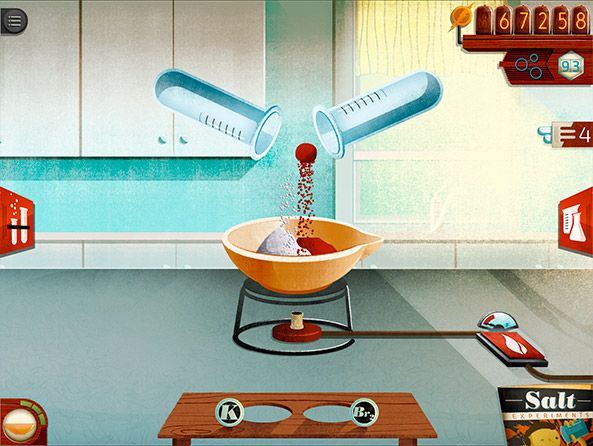 The discovery opens new doors for MS researchers.
The discovery opens new doors for MS researchers.
Courtesy of Texas A&M University
Courtesy of Texas A&M University
Courtesy of Texas A&M University
Courtesy of Texas A&M University
7. THE SECRET IN THE SERUM
A disease called myelofibrosis causes scar tissue to grow inside bone marrow. It all starts when white blood cells called monocytes enter the marrow and turn into fibrocytes. For years, scientists have searched for a way to stop fibrocyte formation. The only problem? The process was impossible to study. Under normal lab conditions, when monocytes are grown in blood serum, the transformation just doesn't happen. No fibrocytes.
Darrell Pilling and Richard Gomer, biologists at Texas A&M, were recently investigating an entirely different kind of blood cell. They wanted to find out if T cells could survive in a serum-free culture.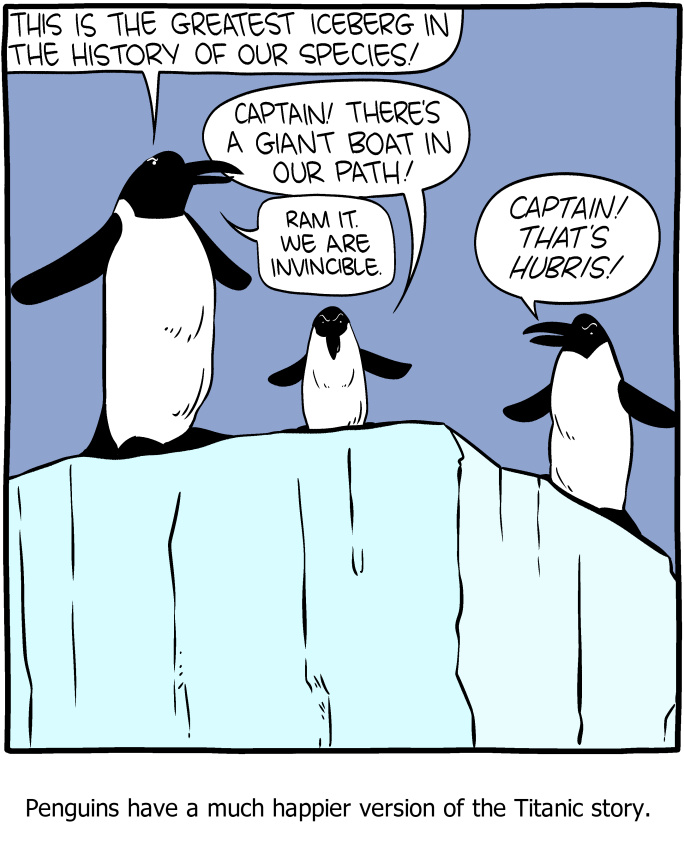 Unbeknownst to the researchers, their T-cell samples were contaminated with monocytes. And when they looked at their culture under a microscope, they saw ... fibrocytes.
Unbeknownst to the researchers, their T-cell samples were contaminated with monocytes. And when they looked at their culture under a microscope, they saw ... fibrocytes.
Something in the serum had been keeping the monocytes from transforming.
Pilling and Gomer rapidly changed gears, abandoning their work on T cells and focusing on the monocytes instead. They managed to isolate the serum protein that stopped fibrocyte formation. It is now being tested as a treatment for myelofibrosis.
USGS Bee Inventory and Monitoring Lab
USGS Bee Inventory and Monitoring Lab
Courtesy of Elizabeth Tibbetts
Courtesy of Elizabeth Tibbetts
8. WASPS, FACE TO FACE
As a young graduate student, Liz Tibbetts was studying social hierarchy in wasp colonies. She caught the wasps and painted dots on their backs, so she could tell them apart, and then videotaped their behavior.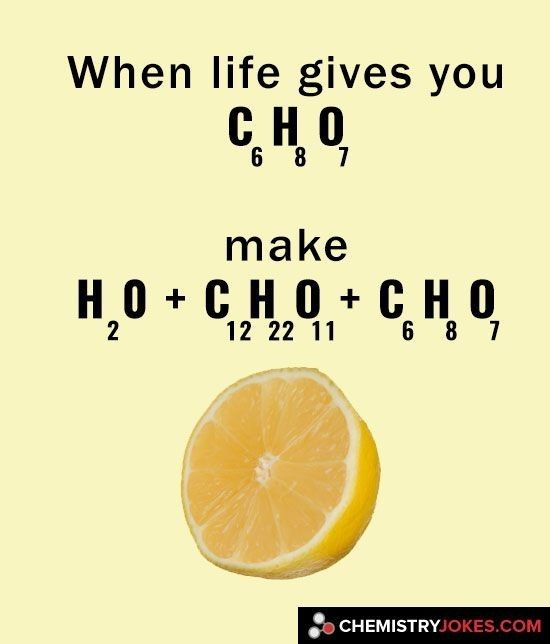
Tibbetts failed to mark a few of the wasps and didn't realize her mistake until she was reviewing the video. It was a problem. If she couldn't follow individuals, she couldn't get the data she needed. But, looking a bit closer, she realized she could tell the wasps apart without the paint. The face of each insect had distinct colors and shapes.
Tibbetts wondered if the wasps could also recognize each other. To an experienced researcher this might have seemed outlandish — prevailing wisdom held that social insects couldn't distinguish between individuals. But Tibbetts was new to the field, and so she asked the question anyway.
Her research showed that not only can wasps tell each other apart, but their tiny brains have evolved in a way that allows them to particularly recognize faces. This ability allows for complex social interactions within colonies.
Wikimedia Commons
Wikimedia Commons
Courtesy of George Liu
Courtesy of George Liu
9.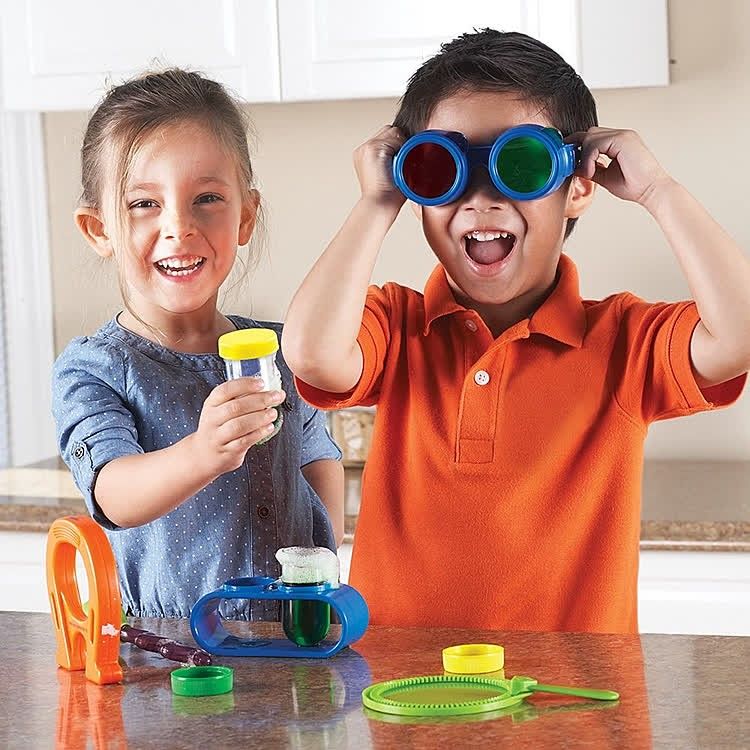 A COLORFUL DEFENSE
A COLORFUL DEFENSE
Bacteria can be wildly colorful, blooming in bright red and yellow colonies. But researchers studying bacterial disease usually aren't focused on aesthetics.
George Liu, working at the University of California, San Diego, was no exception. He was looking at two varieties of Streptococcus — a normal strain and a mutant strain that couldn't produce a nasty toxin. (The mutant also couldn't produce pigment, but that didn't seem important.)
Liu's experiments were going terribly, full of inconsistent results. Sometimes the bacteria inexplicably died off. Then Liu caught a whiff of bleach in his glassware. An enthusiastic undergraduate had been using bleach to clean the lab's beakers and flasks, and hadn't rinsed them properly. Reviewing his results, Liu noticed that the normal strain of bacteria survived the bleach more often than the mutant strain. But why? Was the toxin somehow protective against bleach?
A second realization came when Liu's mother was nagging him about eating brightly colored vegetables.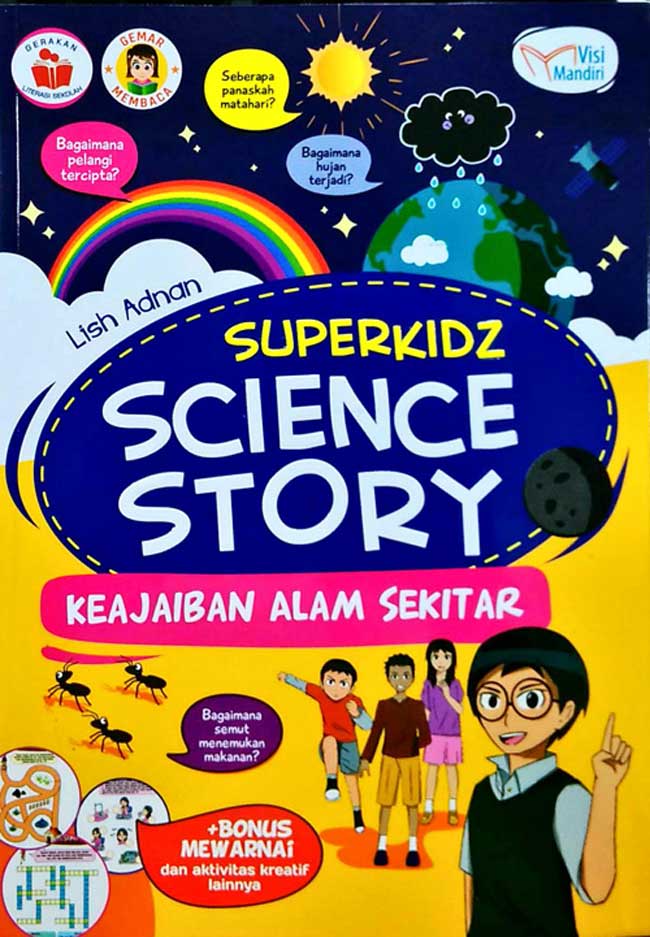 He remembered that many pigments have antioxidant properties. Maybe it was the pigment, and not the toxin, that was somehow protecting the bacteria.
He remembered that many pigments have antioxidant properties. Maybe it was the pigment, and not the toxin, that was somehow protecting the bacteria.
But why would Streptococcus evolve to produce pigment? It wouldn't be common for the bacteria to encounter cleaning products when they invaded bodies. The final flash of insight came when Liu read the back of the bleach bottle. The fancy chemical name for bleach's active ingredient is hypochlorite — one of the chemicals released by immune cells when they attack bacterial infections.
Further experiments confirmed his hypothesis — Streptococcus was using pigment to neutralize the immune system's hypochlorite. Liu had stumbled upon one of strep's secret weapons.
Courtesy of Calden Carroll
Courtesy of Calden Carroll
Courtesy of Calden Carroll
Courtesy of Calden Carroll
10.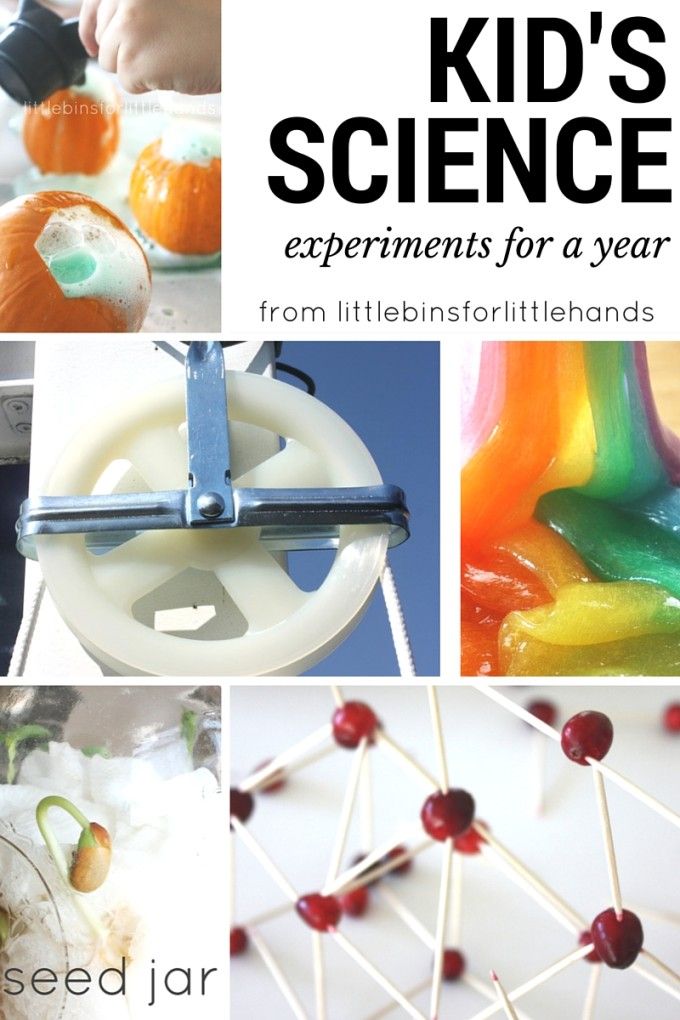 A LITERAL CASE OF ACCIDENTAL BRILLIANCE
A LITERAL CASE OF ACCIDENTAL BRILLIANCE
Calden Carroll thought that his days as a chemistry graduate student at the University of Oregon were nearly done — his thesis was nearly complete. He believed he had created a molecule that would light up in the presence of chloride. Such a molecule would be useful to scientists studying cystic fibrosis, a disease that disrupts the movement of chloride across cell membranes.
But when he tested his magic molecule, it failed spectacularly. Instead of highlighting chloride, it lit up whenever nitrate was present.
A professor pointed out this failed marker could actually be really useful — not for medicine, perhaps, but for agriculture. Carroll patented his discovery and now has a company that builds nitrate sensors to help farmers fertilize their fields more efficiently.
Courtesy of Ken Stedman
Courtesy of Ken Stedman
Courtesy of Ken Stedman
Courtesy of Ken Stedman
11.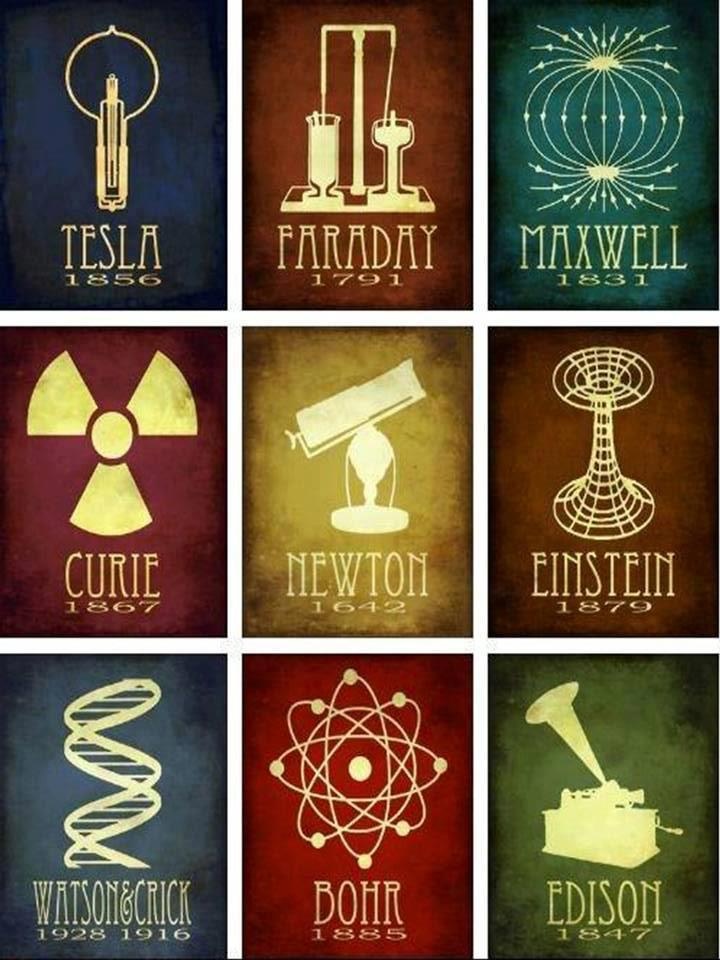 VIRUSES IN GLASS HOUSES
VIRUSES IN GLASS HOUSES
Ken Stedman was searching for fossilized viruses — strains that might have become trapped in the mineral deposits of hot springs millions of years ago.
Would these fossils survive in some recognizable form? To find out, Stedman made an artificial hot spring in his lab and filled it with modern viruses. Sure enough, the viruses quickly became coated with silica. But the results just looked like rocky blobs — there were no signs of the viruses, and no clues that could help him find fossils in the field.
Stedman and a graduate student, Jim Laidler, wanted something to come out of their failed experiment, so they tested to see if the silica-encrusted viruses could still reproduce. They couldn't — the microbes were effectively dead.
Then, a student accidentally left a solution of coated viruses out on the counter when he went home for the evening. Overnight, the silica re-dissolved. The next morning, the viruses were working again.
Further research showed the silica coating didn't only inactivate viruses in a reversible way; it also protected them from drying out and dying in the heat.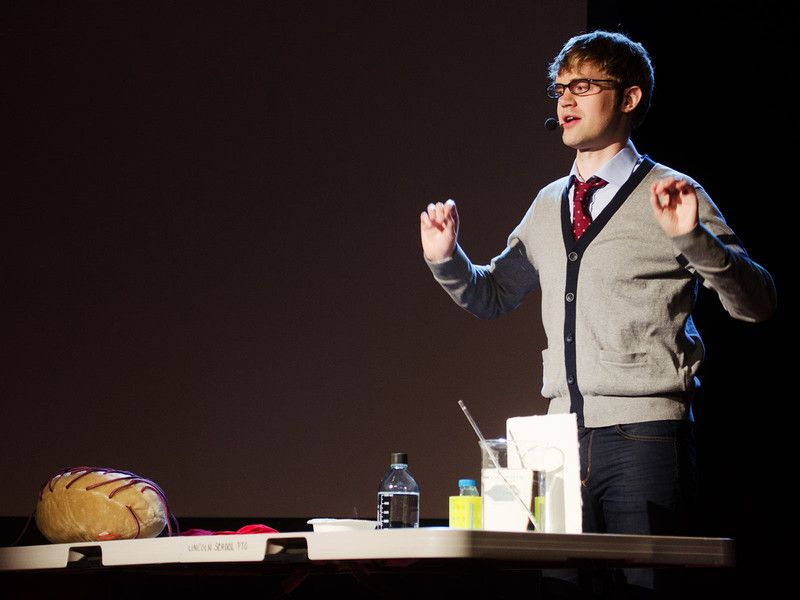 This technique might someday help deploy a very special group of viruses — the sort used in vaccines — in places that lack ready refrigeration.
This technique might someday help deploy a very special group of viruses — the sort used in vaccines — in places that lack ready refrigeration.
Jesse Rorabaugh/iNaturalist
Jesse Rorabaugh/iNaturalist
Wikimedia Commons
Wikimedia Commons
12. LOVE BUG
Shelley Adamo was a biologist at Dalhousie University studying crickets — specifically, how they respond to stress. How do you stress out a cricket? Introduce it to a predator.
One of Adamo's students had pet bearded dragons, and she brought them in to scare the crickets. One of the lizards had a virus that quickly infected the crickets. But it didn't make them sick, at least not at first. It made them very, very interested in mating.
She had discovered what she calls a parasitic aphrodisiac — a virus that boosts an animal's libido, thereby increasing its own transmission.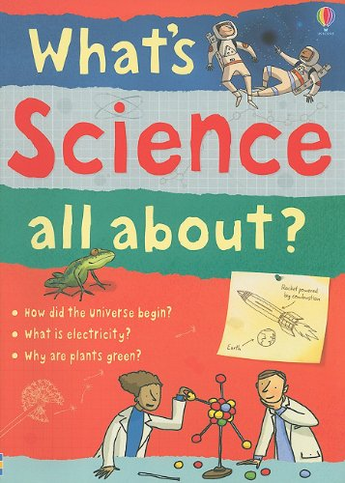
For more science fun, check out Skunk Bear's Tumblr and YouTube channel.
The ten strangest experiments in the history of science
The history of natural science is full of experiments that deserve to be called strange. The ten described below is chosen entirely to the taste of the author, with whom you can disagree. Some of the experiences included in this collection ended in nothing. Others have led to the emergence of new branches of science. There are experiments that began many years ago, but have not been completed so far.
This is how a stop-station looks like in our time, past which a platform with trumpeters drove, testing the Doppler principle.
Donald Kellogg and Gua.
Use this drawing to test your color vision. People with normal vision see the number 74 in the circle, color blind people see the number 21.
What was seen through the telescope during the experiment to test the sphericity of the Earth.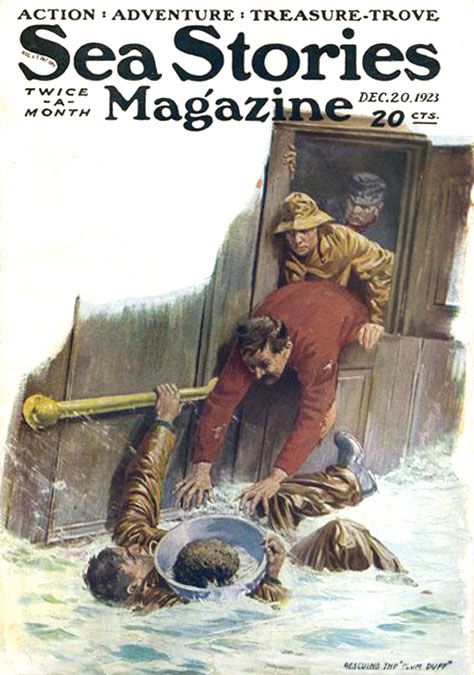 Drawing by A. Wallace.
Drawing by A. Wallace.
Another five years will pass, and the ninth drop of viscous resin since 1938 will fall into the substituted glass.
Biosphere 2 is a gigantic sealed building complex made of concrete, steel pipes and 5,600 glass panels.
‹
›
View full size
NEWTON JUMPS
As a child, Isaac Newton (1643-1727) grew up as a rather frail and sickly boy. In outdoor games, he usually lagged behind his peers.
On September 3, 1658, Oliver Cromwell died, an English revolutionary who briefly became the sovereign ruler of the country. On this day, an unusually strong wind swept over England. The people said: it was the devil himself who flew in for the soul of the usurper! But in the town of Grantham, where Newton lived at that time, the children started a long jump competition. Noticing that it is better to jump with the wind than against it, Isaac outran all rivals.
Later, he took up experiments: he wrote down how many feet he could jump downwind, how many he could jump against the wind, and how far he could jump on a calm day.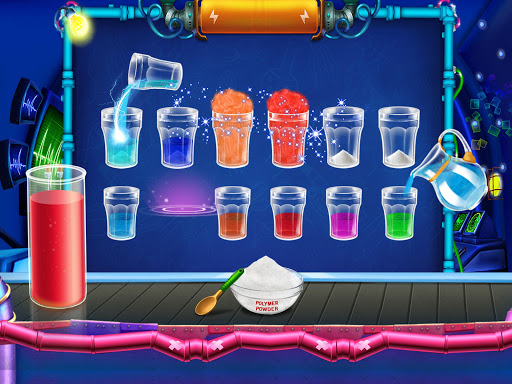 So he got an idea of the strength of the wind, expressed in feet. Having already become a famous scientist, he said that he considered these jumps to be his first experiments.
So he got an idea of the strength of the wind, expressed in feet. Having already become a famous scientist, he said that he considered these jumps to be his first experiments.
Newton is known as a great physicist, but his first experiment can be attributed more to meteorology.
CONCERT ON RAILS
There was also a reverse case: a meteorologist conducted an experiment that proved the validity of one physical hypothesis.
The Austrian physicist Christian Doppler in 1842 put forward and theoretically substantiated the assumption that the frequency of light and sound vibrations should change for the observer, depending on whether the source of light or sound moves away from the observer or towards him.
In 1845, the Dutch meteorologist Christopher Bais-Ballot set out to test the Doppler hypothesis. He hired a locomotive with a loading platform, put two trumpeters on the platform and asked them to play the G note (two trumpeters were needed so that one of them could take in air while the other was playing the note, and thus the sound would not be interrupted).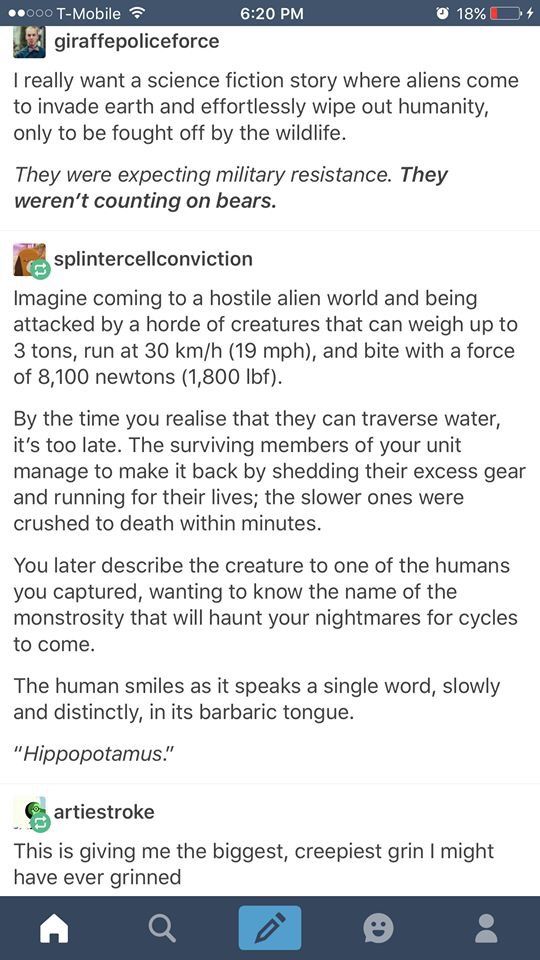 On the platform of one half-station between Utrecht and Amsterdam, the meteorologist placed several musicians without instruments, but with an absolute ear for music. After that, the locomotive began to drag the platform with the trumpeters past the platform with the audience at different speeds, and they noted which note they heard. Then the observers were forced to drive, and the trumpeters played standing on the platform. The experiments lasted two days, as a result it became clear that Doppler was right.
On the platform of one half-station between Utrecht and Amsterdam, the meteorologist placed several musicians without instruments, but with an absolute ear for music. After that, the locomotive began to drag the platform with the trumpeters past the platform with the audience at different speeds, and they noted which note they heard. Then the observers were forced to drive, and the trumpeters played standing on the platform. The experiments lasted two days, as a result it became clear that Doppler was right.
By the way, later Beis-Ballot founded the Dutch meteorological service, formulated the law of his name (if you turn your back to the wind in the Northern Hemisphere, then the low pressure area will be on your left hand) and became a foreign corresponding member of the St. Petersburg Academy of Sciences.
SCIENCE BORN OVER A CUP OF TEA
One of the founders of biometrics (mathematical statistics for processing the results of biological experiments) English botanist Robert Fisher worked at 1910-1914 at an agrobiological station near London.
The team of employees consisted only of men, but one day a woman was hired, an algae specialist. For her sake, it was decided to establish fife-o-clocks in the common room. At the very first tea-drinking, a dispute arose on an age-old topic for England: what is more correct - to add milk to tea or pour tea into a cup where there is already milk? Some skeptics began to say that with the same proportion there would be no difference in the taste of the drink, but Muriel Bristol, a new employee, claimed that she could easily distinguish the “wrong” tea (English aristocrats consider it correct to add milk to tea, and not vice versa).
In the adjoining room, several cups of tea were prepared with the assistance of the staff chemist in various ways, and Lady Muriel showed the subtlety of her taste. And Fisher thought: how many times should the experiment be repeated so that the result can be considered reliable? After all, if there were only two cups, it was quite possible to guess the cooking method purely by chance. If there are three or four, chance might also play a role...
If there are three or four, chance might also play a role...
Out of these reflections was born the classic book, Statistical Methods for Researchers, published in 1925 year. Fisher's methods are still used by biologists and physicians.
Note that Muriel Bristol, according to the memoirs of one of the participants in the tea party, correctly identified all the cups.
By the way, the reason why it is customary in English high society to add milk to tea, and not vice versa, is connected with a physical phenomenon. Nobles always drank tea made of porcelain, which can burst if you first pour cold milk into a cup and then add hot tea. Ordinary Englishmen drank tea from earthenware or pewter mugs, without fear for their integrity.
HOME MOWGLI
In 1931, an unusual experiment was carried out by a family of American biologists - Winthrop and Luella Kellogg. After reading an article about the sad fate of children who grew up among animals - wolves or monkeys, biologists thought: what if they do the opposite - try to raise a monkey cub in a human family? Will he approach the person? At first, scientists wanted to move with their little son Donald to Sumatra, where it would not be difficult to find a companion for Donald among the orangutans, but there was not enough money for this.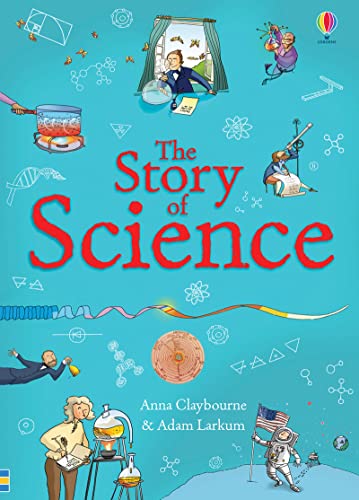 However, the Yale Ape Center loaned them a small female chimpanzee named Gua. She was seven months old and Donaldo was 10.
However, the Yale Ape Center loaned them a small female chimpanzee named Gua. She was seven months old and Donaldo was 10.
The Kelloggs knew that almost 20 years before their experiment, Russian researcher Nadezhda Ladygina had already tried to raise a one-year-old chimpanzee as children are raised, and in three years had not achieved success in “humanization”. But Ladygina conducted the experiment without the participation of children, and the Kelloggs hoped that co-education with their son would give different results. In addition, it could not be excluded that the age of one year is already too late for "re-education".
Gua was adopted into the family and began to be brought up on a par with Donald. They liked each other and soon became inseparable. The experimenters recorded every detail: Donald likes the smell of perfume, Gua does not like him. Experiments were carried out: who will guess faster how to use a stick to get cookies suspended from the ceiling in the middle of the room on a thread? And if you blindfold a boy and a monkey and call them by name, who better determines the direction from which the sound comes? Gua won both tests.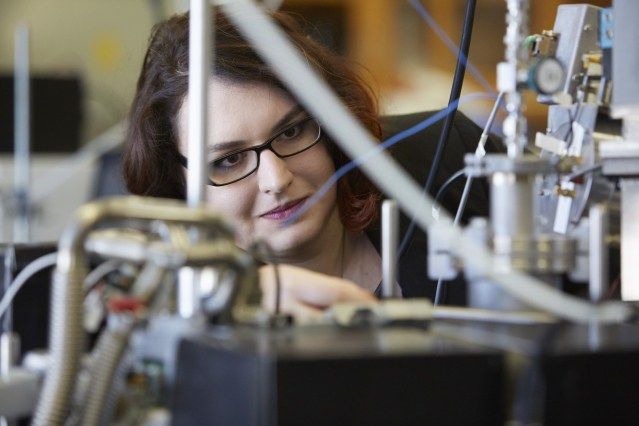 But when Donald was given a pencil and paper, he himself began to scratch something on the sheet, and the monkey had to be taught what to do with a pencil.
But when Donald was given a pencil and paper, he himself began to scratch something on the sheet, and the monkey had to be taught what to do with a pencil.
Attempts to bring the monkey closer to man under the influence of education were rather unsuccessful. Although Gua often walked on two legs and learned to eat with a spoon, she even began to understand human speech a little, she became confused when familiar people appeared in different clothes, she could not be taught to pronounce at least one word - “dad” and she, in contrast from Donald, could not master a simple game like our "patties".
However, the experiment had to be interrupted when it turned out that by 19months and Donald did not shine with eloquence - he mastered only three words. And even worse, he began to express the desire to eat with a typical monkey sound like barking. The parents were afraid that the boy would gradually fall on all fours, and he would not master the human language. And Gua was sent back to the kennel.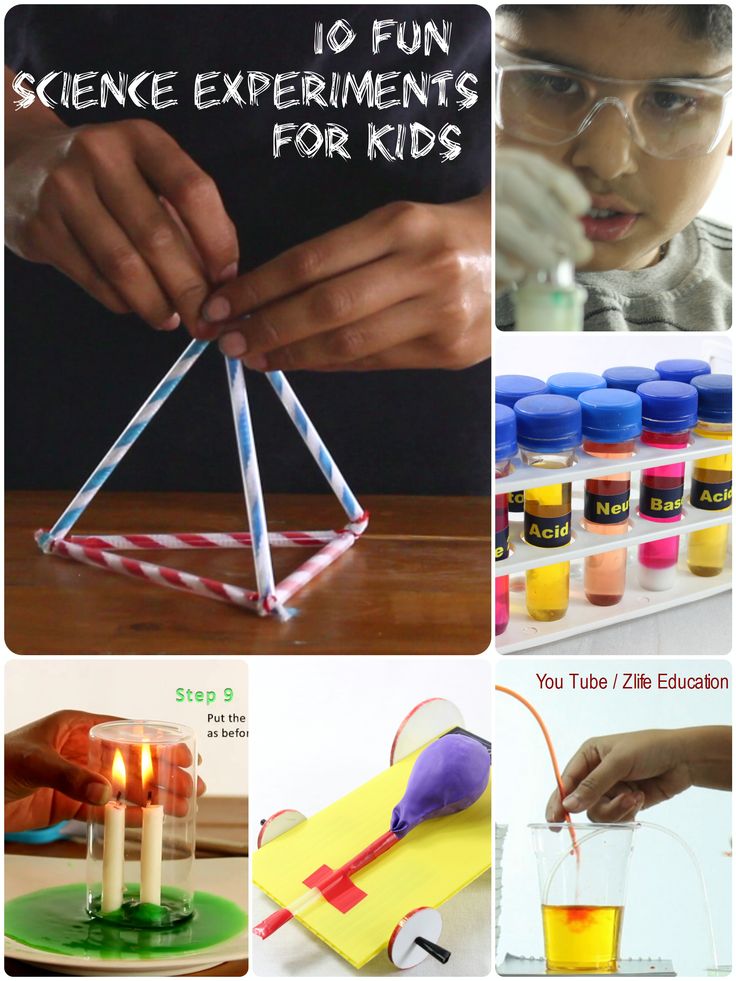
DALTON EYES
It will be about an experiment conducted at the request of the experimenter after his death.
The English scientist John Dalton (1766-1844) is remembered to us mainly for his discoveries in the field of physics and chemistry, as well as for the first description of a congenital visual impairment - color blindness, in which color recognition is impaired.
Dalton himself noticed that he was suffering from this shortcoming only after he became interested in botany in 1790 and found it difficult to understand botanical monographs and guides. When the text referred to white or yellow flowers, he had no difficulty, but if the flowers were described as purple, pink or dark red, they all seemed to Dalton indistinguishable from blue. Often, when identifying a plant from a description in a book, a scientist had to ask someone: is it a blue or pink flower? People around him thought he was joking. Dalton was understood only by his brother, who had the same hereditary defect.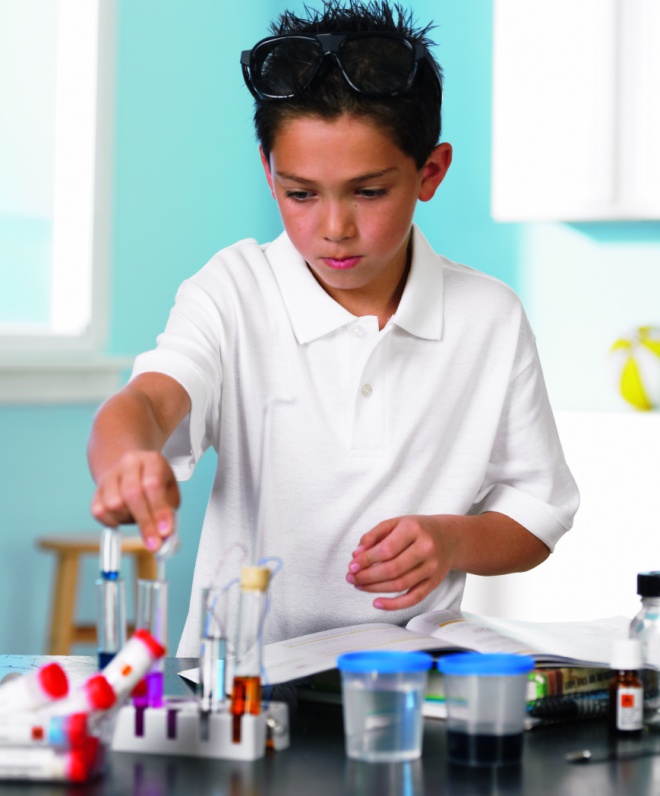
Dalton himself, comparing his color perception with the vision of flowers by friends and acquaintances, decided that there was some kind of blue light filter in his eyes. And he bequeathed to his laboratory assistant after death to extract his eyes and check if the so-called vitreous body, the gelatinous mass that fills the eyeball, is colored bluish?
The laboratory assistant fulfilled the will of the scientist and did not find anything special in his eyes. He suggested that Dalton may have had something wrong with the optic nerves.
Dalton's eyes were preserved in a jar of alcohol in the Manchester Literary and Philosophical Society, and already in our time, in 1995, geneticists isolated and examined DNA from the retina. As expected, the genes for color blindness were found in it.
It is impossible not to mention two more extremely strange experiments with the organs of human vision. Isaac Newton, cutting out a thin curved probe from ivory, launched it into his eye and pressed it against the back of the eyeball.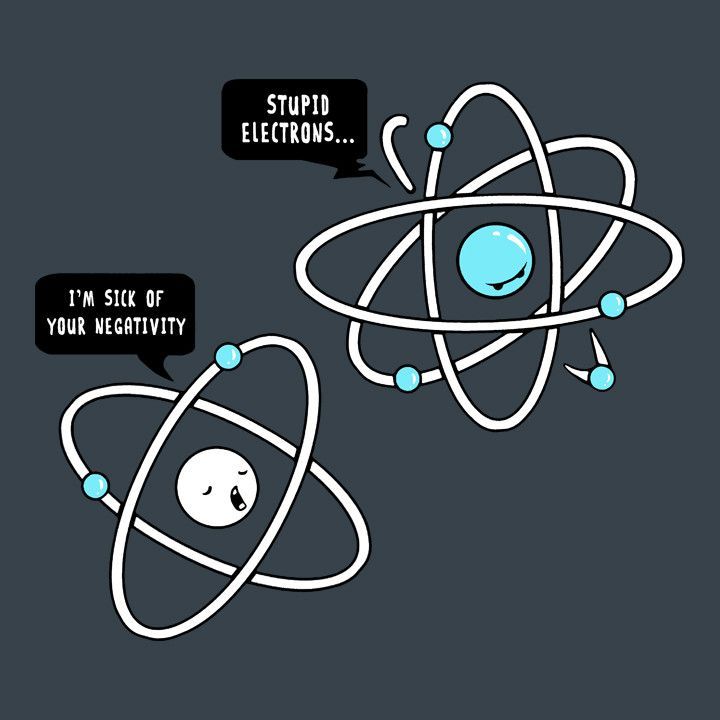 At the same time, colored flashes and circles appeared in the eye, from which the great physicist concluded that we see the world around us because light puts pressure on the retina. At 19In 28, one of the pioneers of television, the English inventor John Baird, tried to use the human eye as a transmitting camera, but, of course, failed.
At the same time, colored flashes and circles appeared in the eye, from which the great physicist concluded that we see the world around us because light puts pressure on the retina. At 19In 28, one of the pioneers of television, the English inventor John Baird, tried to use the human eye as a transmitting camera, but, of course, failed.
IS THE EARTH A BALL?
A rare example of an experiment in geography, which is not really an experimental science.
Alfred Russel Wallace, an outstanding English evolutionary biologist and colleague of Darwin, was an active fighter against pseudoscience and all sorts of superstitions (see Science and Life No. 5, 1997).
In January 1870, Wallace read an advertisement in a scientific journal, the bearer of which offered a bet of 500 pounds to anyone who would undertake to demonstrate the sphericity of the Earth and "demonstrate in a way that every reasonable person can understand, a convex railway, river, canal or lake. " The dispute was proposed by a certain John Hamden, the author of a book proving that the Earth is in fact a flat disk.
" The dispute was proposed by a certain John Hamden, the author of a book proving that the Earth is in fact a flat disk.
Wallace took up the challenge and chose a six-mile straight section of canal to demonstrate the roundness of the earth. There were two bridges at the beginning and at the end of the segment. On one of them, Wallace installed a strictly horizontal 50x telescope with reticle filaments in the eyepiece. In the middle of the canal, at a distance of three miles from each bridge, he set up a tall pole with a black circle on it. On the other bridge I hung a board with a horizontal black stripe. The height above the water of the telescope, the black circle and the black stripe were exactly the same.
If the Earth (and the water in the channel) is flat, the black bar and the black circle should line up in the telescope's eyepiece. If the surface of the water is convex, repeating the convexity of the Earth, then the black circle should be above the strip. And so it happened (see figure).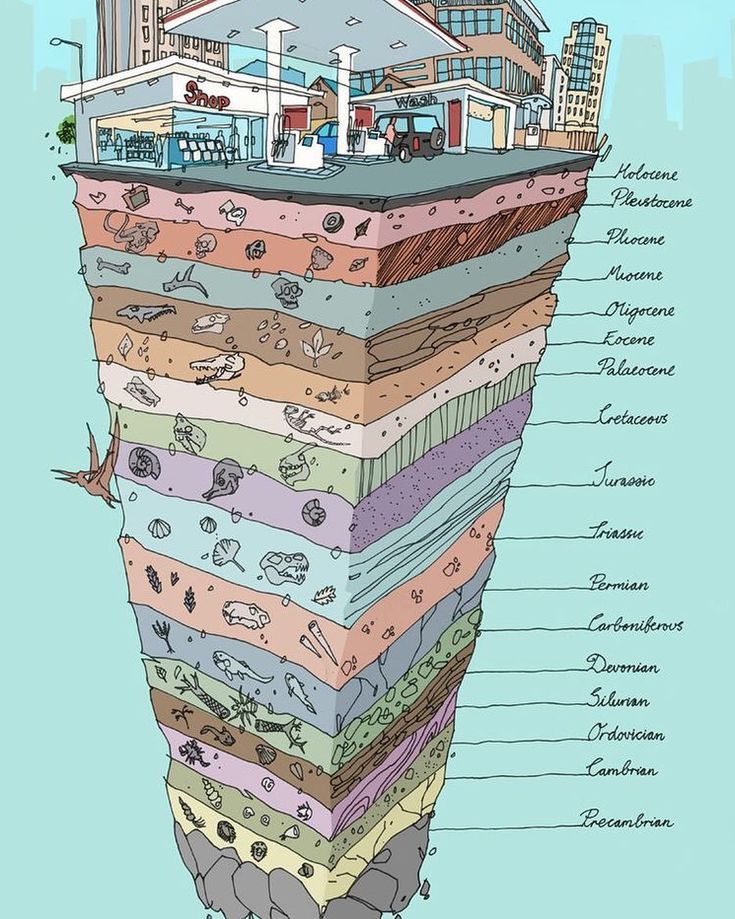 Moreover, the size of the discrepancy well coincided with the calculated one, derived from the known radius of our planet.
Moreover, the size of the discrepancy well coincided with the calculated one, derived from the known radius of our planet.
However, Hamden refused to even look through the telescope, sending his secretary to do so. And the secretary assured the audience that both marks are on the same level. If some discrepancy is observed, then this is due to the aberrations of the lenses of the telescope.
A years-long lawsuit followed, in which Hamden was still forced to pay 500 pounds, but Wallace spent much more on legal costs.
TWO LONGEST EXPERIMENTS
Perhaps the world's longest experiment began 130 years ago (see "Science and Life" No. 7, 2001) and has not yet been completed. The American botanist W. J. Beale buried 20 bottles of common weed seeds in the ground in 1879. Since then, periodically (at first every five, then ten, and even later every twenty years), scientists dig out one bottle and check the seeds for germination. Some particularly resistant weeds are still growing today.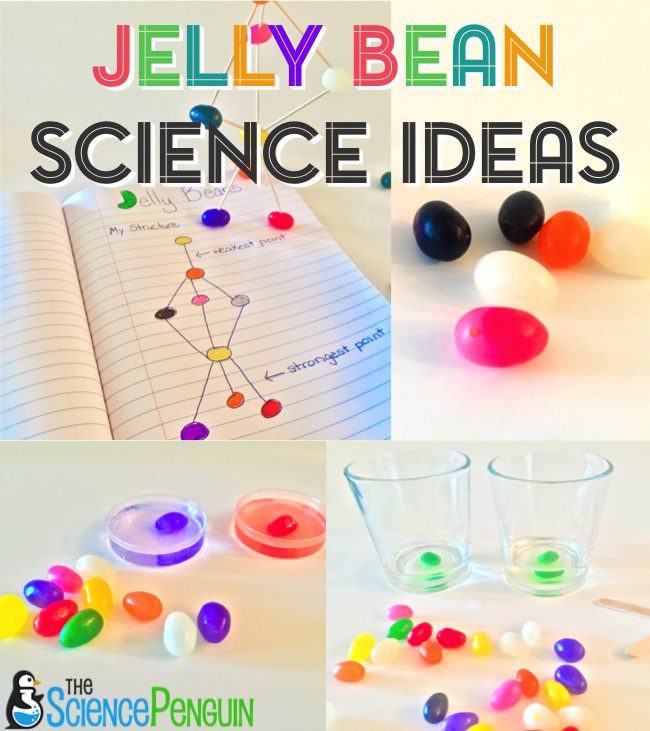 The next bottle should be available in the spring of 2020.
The next bottle should be available in the spring of 2020.
The longest physical experiment was started at the University of the Australian city of Brisbane by Professor Thomas Parnell. In 1927, he placed in a glass funnel mounted on a tripod a piece of solid resin - pitch, which, according to molecular properties, is a liquid, although very viscous. Parnell then heated the funnel until the var melted slightly and flowed into the spout of the funnel. In 1938, the first drop of resin fell into a beaker placed by Parnell. The second fell in 1947. Autumn 19At the age of 48, the professor died, and the observation of the funnel was continued by his students. Drops have since fallen in 1954, 1962, 1970, 1979, 1988 and 2000. The frequency of droplets falling has slowed down in recent decades due to the fact that air conditioning has been installed in the laboratory and it has become colder. It is curious that not once did the drop fall in the presence of any of the observers. And even when in 2000 a webcam was mounted in front of the funnel to transmit images to the Internet, at the time of the fall of the eighth and today the last drop, the camera failed!
The experiment is still far from complete, but it is already clear that var is a hundred million times more viscous than water.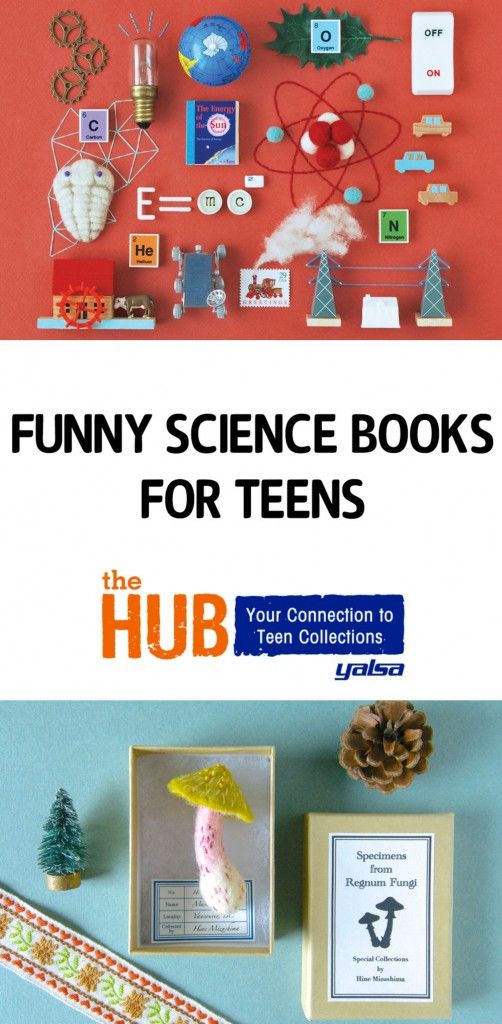
BIOSPHERE-2
This is the largest experiment on our random list. It was decided to make a working model of the earth's biosphere.
In 1985, more than two hundred American scientists and engineers teamed up to build a huge glass building in the Sonoran Desert (Arizona) with samples of the earth's flora and fauna. They planned to hermetically close the building from any inflow of foreign substances and energy (except for the energy of sunlight) and settle here for two years a team of eight volunteers, who were immediately nicknamed "bionauts". The experiment was supposed to contribute to the study of connections in the natural biosphere and to test the possibility of a long-term existence of people in a closed system, for example, during long-distance space flights. Plants were supposed to supply oxygen; water, as expected, will be provided by the natural circulation and processes of biological self-purification, food - by plants and animals.
The internal area of the building (1.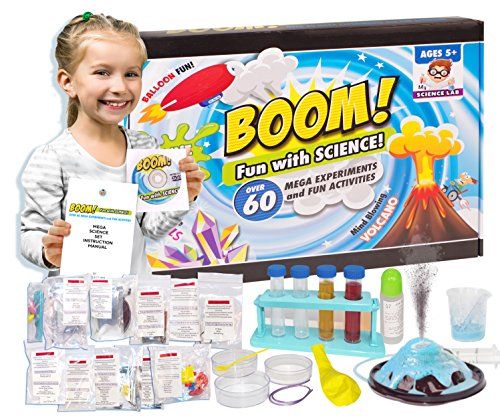 3 hectares) was divided into three main parts. The first housed samples of five characteristic ecosystems of the Earth: a patch of rainforest, an "ocean" (a pool of salt water), a desert, a savannah (with a "river" flowing through it), and a swamp. In all these parts, representatives of flora and fauna selected by botanists and zoologists were settled. The second part of the building was devoted to life support systems: a quarter of a hectare for growing edible plants (139 species, including tropical fruits from the "forest"), fish pools (they took tilapia as an unpretentious, fast-growing and tasty species) and a biological wastewater treatment section. Finally, there were living compartments for "bionauts" (each - 33 square meters with a common dining room and living room). Solar panels provided electricity for computers and night lighting.
3 hectares) was divided into three main parts. The first housed samples of five characteristic ecosystems of the Earth: a patch of rainforest, an "ocean" (a pool of salt water), a desert, a savannah (with a "river" flowing through it), and a swamp. In all these parts, representatives of flora and fauna selected by botanists and zoologists were settled. The second part of the building was devoted to life support systems: a quarter of a hectare for growing edible plants (139 species, including tropical fruits from the "forest"), fish pools (they took tilapia as an unpretentious, fast-growing and tasty species) and a biological wastewater treatment section. Finally, there were living compartments for "bionauts" (each - 33 square meters with a common dining room and living room). Solar panels provided electricity for computers and night lighting.
At the end of September 1991, eight people "walled up" in a glass greenhouse. And soon the problems began. The weather turned out to be unusually cloudy, photosynthesis was weaker than normal. In addition, bacteria that consume oxygen multiplied in the soil, and in 16 months its content in the air decreased from the normal 21% to 14%. I had to add oxygen from outside, from cylinders. The yields of edible plants turned out to be lower than calculated, the population of "Biosphere-2" was constantly starving (although in November it was necessary to open the food NZ, over two years of experience, the average weight loss was 13%). Inhabited pollinating insects disappeared (in general, from 15 to 30% of species died out), but cockroaches, which no one inhabited, multiplied. The “Bionauts” nevertheless, at the very least, were able to sit in captivity for the planned two years, but on the whole the experiment was unsuccessful. However, he once again showed how subtle and vulnerable the mechanisms of the biosphere that ensure our life.
In addition, bacteria that consume oxygen multiplied in the soil, and in 16 months its content in the air decreased from the normal 21% to 14%. I had to add oxygen from outside, from cylinders. The yields of edible plants turned out to be lower than calculated, the population of "Biosphere-2" was constantly starving (although in November it was necessary to open the food NZ, over two years of experience, the average weight loss was 13%). Inhabited pollinating insects disappeared (in general, from 15 to 30% of species died out), but cockroaches, which no one inhabited, multiplied. The “Bionauts” nevertheless, at the very least, were able to sit in captivity for the planned two years, but on the whole the experiment was unsuccessful. However, he once again showed how subtle and vulnerable the mechanisms of the biosphere that ensure our life.
The gigantic structure is now used for individual experiments with animals and plants.
DIAMOND BURNING
In our time, no one is surprised by expensive experiments that require huge experimental facilities.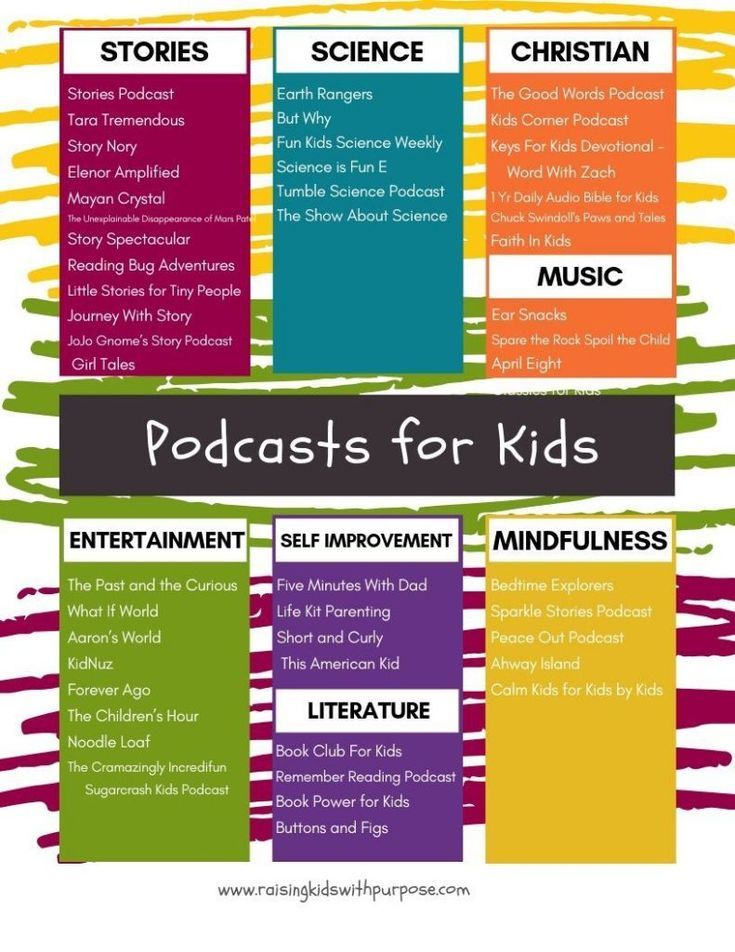 However, 250 years ago this was a novelty, so crowds of people converged to look at the amazing experiments of the great French chemist Antoine Laurent Lavoisier (especially since the experiments took place in the fresh air, in the garden near the Louvre).
However, 250 years ago this was a novelty, so crowds of people converged to look at the amazing experiments of the great French chemist Antoine Laurent Lavoisier (especially since the experiments took place in the fresh air, in the garden near the Louvre).
Lavoisier studied the behavior of various substances at high temperatures, for which he built a giant installation with two lenses that concentrated sunlight. To make a converging lens with a diameter of 130 centimeters is not a trivial task even now, but in 1772 it was simply impossible. But the opticians found a way out: they made two round concave glasses, soldered them and poured 130 liters of alcohol into the gap between them. The thickness of such a lens in the center was 16 centimeters. The second lens, which helped to collect the rays even more strongly, was two times smaller, and it was made in the usual way - by grinding a glass casting. This optics was installed on a huge special platform (its drawing can be seen in "Science and Life" 8, 2009G.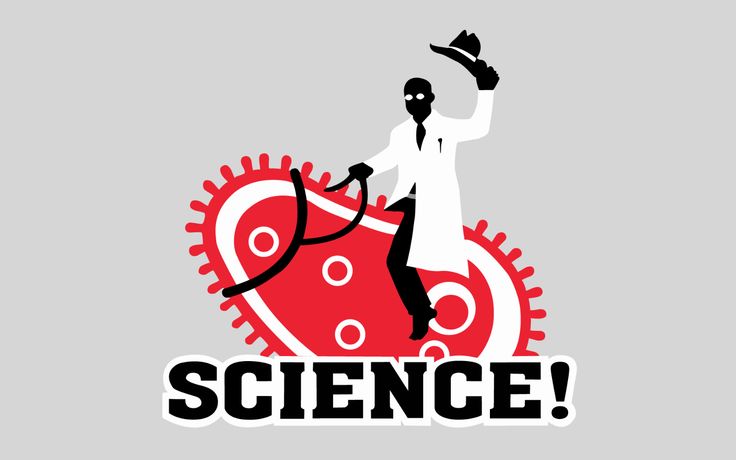 ). A well-thought-out system of levers, screws and wheels made it possible to point lenses at the Sun. The participants of the experiment were wearing sooty glasses.
). A well-thought-out system of levers, screws and wheels made it possible to point lenses at the Sun. The participants of the experiment were wearing sooty glasses.
Lavoisier placed various minerals and metals at the focus of the system: sandstone, quartz, zinc, tin, coal, diamond, platinum and gold. He noted that in a hermetically sealed glass vessel with a vacuum, diamond chars when heated, and burns out in air, completely disappearing. The experiments cost thousands of gold livres.
35 interesting facts about everything in the world
Fact #1
The largest pearl in the world reaches 6 kilograms in weight.
Fact #2
U.S. law allowed children to be mailed until 1913.
Fact #3
In the language of the ancient Greeks, there was no word that denoted religion.
Fact #4
There is a period of time in modern history when Apple had more money in its accounts than the US government.
Fact #5
The average cloud weighs about 500 tons, the same weight as 80 elephants.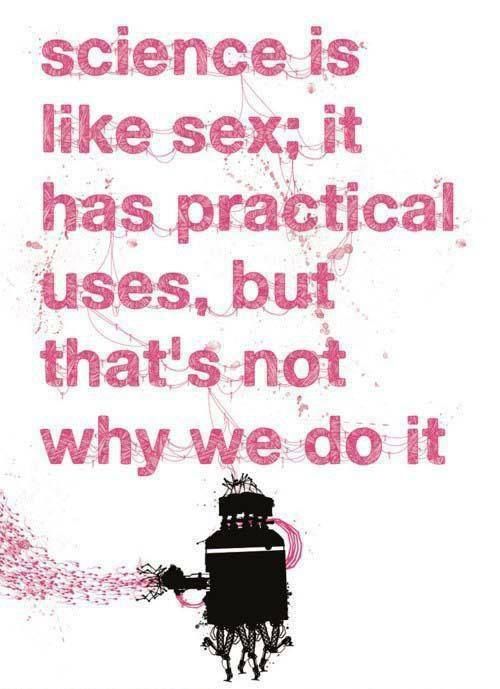
Fact #6
There have never been moles in Ireland.
Fact #7
The US Navy maintains more aircraft carriers than all the navies in the world combined.
Fact #8
The speed of lava spreading after the eruption is close to the speed of running a hound.
Fact #9
Initially, the screwdriver was invented for picking out nails, the screw was invented 100 years later.
Fact #10
The Bible is the most stolen book in American stores.
Fact #11
Approximately 1/3 of all salt produced in the US is used to clear roads of ice.
Fact #12
There is a test tube whose diameter is 10,000 times smaller than the diameter of a human hair.
Fact #13
Saudi Arabia contains no rivers.
Fact #14
There is only one river in Antarctica, the Onyx, which flows only 60 days a year.
Fact #15
Jellyfish don't have brains or blood vessels.
Fact #16
Every day 60 people become millionaires.
Fact #17
Until the 17th century, thermometers were filled with cognac.
Fact #18
Cats sleep for more than half of their lives.
Fact #19
Lemon contains more sugar than strawberries.
Fact #20
The longest flight of a chicken lasted 13 seconds.
Fact #21
Lake Ladoga is the largest in Europe.
Fact #22
In a year, up to 500 kg of a Martian meteorite falls to Earth.
Fact #23
The earth makes a complete revolution on its axis in 23 hours 56 minutes and 4 seconds.
Fact #24
Diamond rains regularly on Jupiter.
Fact #25
There are more stars in the universe than there are grains of sand on all the beaches of the Earth.
Fact #26
There are only 7% left-handers in the world
Fact #27
The right lung holds more air than the left.